Sometimes there are stories that want to be told. These are stories that are known by everybody but that are not given attention to. This is one of those.
I used to live on the outskirts of Milan, very close to the middle earth where the vegetation gets the better of the concrete, a world inside the city limits that only has the name of the city, but not for certain the soul.
I was living my daily life completely ignoring what there was, a few steps from me – I come from the countryside and I moved to the city. I did not feel the need to go back to the origins: I used to leave my house and turn my back to that world that in the future would have become almost a shelter in the silence for me.
However, the story wanted to be told no matter what.
I entered the greenery for a few hundreds metres, in order to take some pictures of my neighbourhood from a different point of view which did not include only old grey crumbling buildings.
I was bored; lots of times I had walked in the Venetian countryside without anything to arouse my curiosity. Nothing until a sudden storm forced me to find shelter. Here, thanks to the pouring rain, the boredom and the silence, I started listening to the story that it had to tell.
I realised I was in Milan, but that was not Milan. It was not the Milan everyone knows or thinks they know. Captivated by these thoughts, I continued to listen to this strange story. I kept on entering the greenery without knowing where it would have taken me.
I did not care. I had to see.
I discovered a dying world, often left alone to rot, that was screaming loudly to be remembered, but at the same time it was trying to hide from me, almost as if its disclosure would have deprived it from what makes it so special.
Everyone knows the world of the allotments in Milan, legal and illegal. Everyone has seen, partly, maybe someone more than others, what I am talking about, but nobody has given too much importance to this story. Everybody knows the people of the allotments, often retired men or widows that find a bit of time to bring fresh veggies and fruit to the table and that live in a world where doors are made of wired under beds, trees wear necklaces made of toys found in Kinder Surprise chocolate eggs, rocking horses live free in the wild and streets are made of carpets.
|
|
If we look closely, there are also painters and artists that leave their art in the open air; scarecrows wearing military uniforms and dolls everywhere.
I bought a map of Milan and asked myself where I could find traces of this story. I studied the area and began a long itinerary, made of many bus journeys looking hard to find clues that would take me where I wanted to, and made of many walks in the countryside, among fields of cereals, with my feet often sinking in the muddy land, without knowing where I would have decided to stop.
Flags helped me, history loves flags and claiming a precise identity: where I would have seen a flag waving, most probably there was something to be told. Doors helped me. Yes, doors, as this world is hidden behind doors that sometimes I was unable to open – let us not forget how scared this story is to be written. Wherever I saw doors in the middle of the vegetation, I would have found the passage for my personal White Rabbit Hole.
It has been very difficult for me, a few metres away, to see that almost familiar world being destroyed in front of my eyes. The advancing of the urbanisation and property speculation, together with the gospel that what is abusive has to be destroyed, have reduced what I documented to a few pictures and lots of memories. In some other cases, when the owner of the abusive allotment died, that little part of the territory also died with him.
Unfortunately, when you and the story share the same life, when you wake up in the morning excited about what the new day will bring, when the story has already told you everything that was to be told, you miss it and you would like to restart it, tell it again, but you cannot. You cannot do it as this story, which has become your story, has changed.
[ Alessandra Gazziola ]
--------------------------------------------
(*) - Free translation by Gilles Clément, Manifesto del Terzo paesaggio, Quodolibet, Macerata, 2005; p. 14.
|

 home
cover ▼
opinions
news ▼
portfolio
post.it
post.cast
video
ongoing
thematicpaths
googlecards
FPtag
home
cover ▼
opinions
news ▼
portfolio
post.it
post.cast
video
ongoing
thematicpaths
googlecards
FPtag

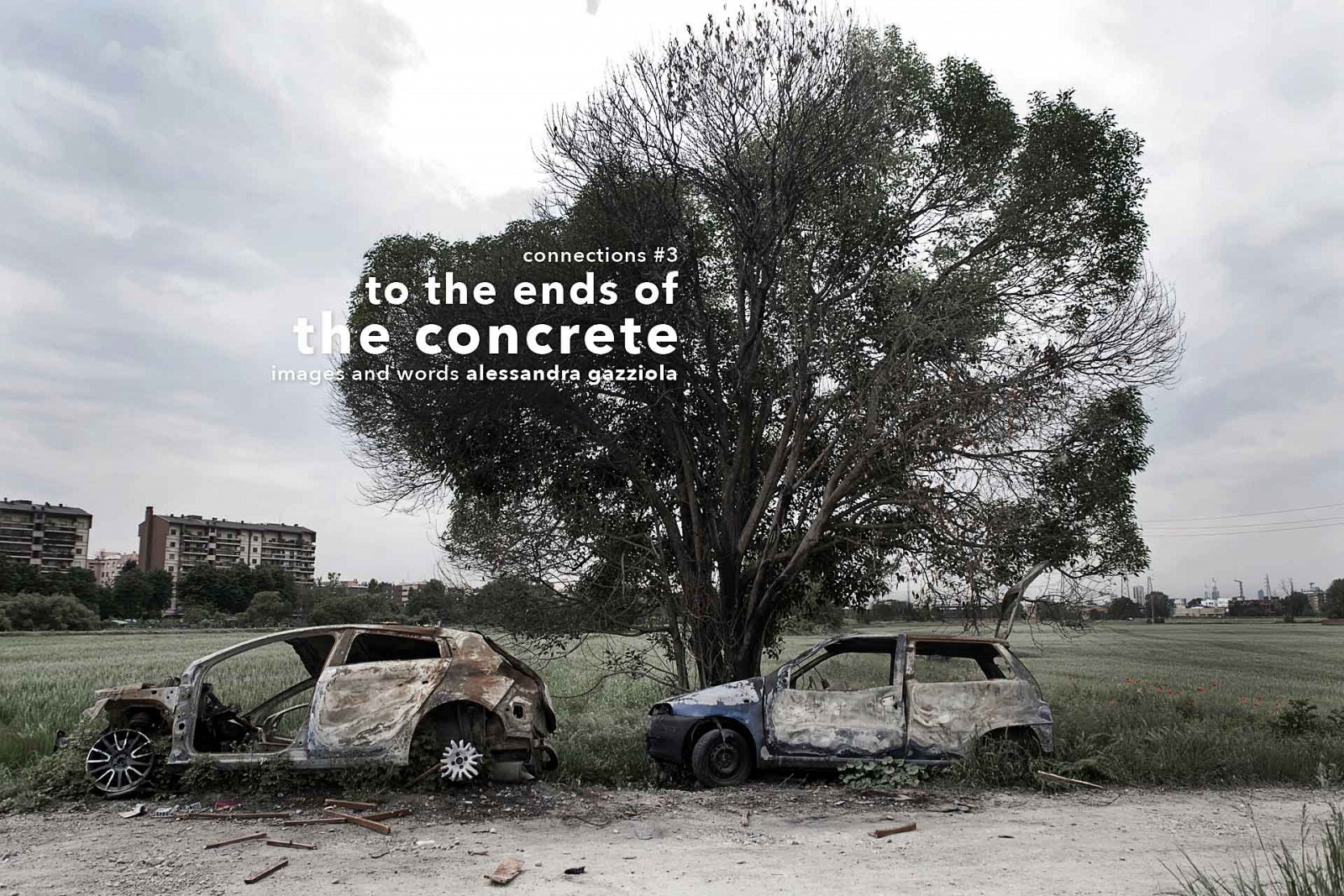
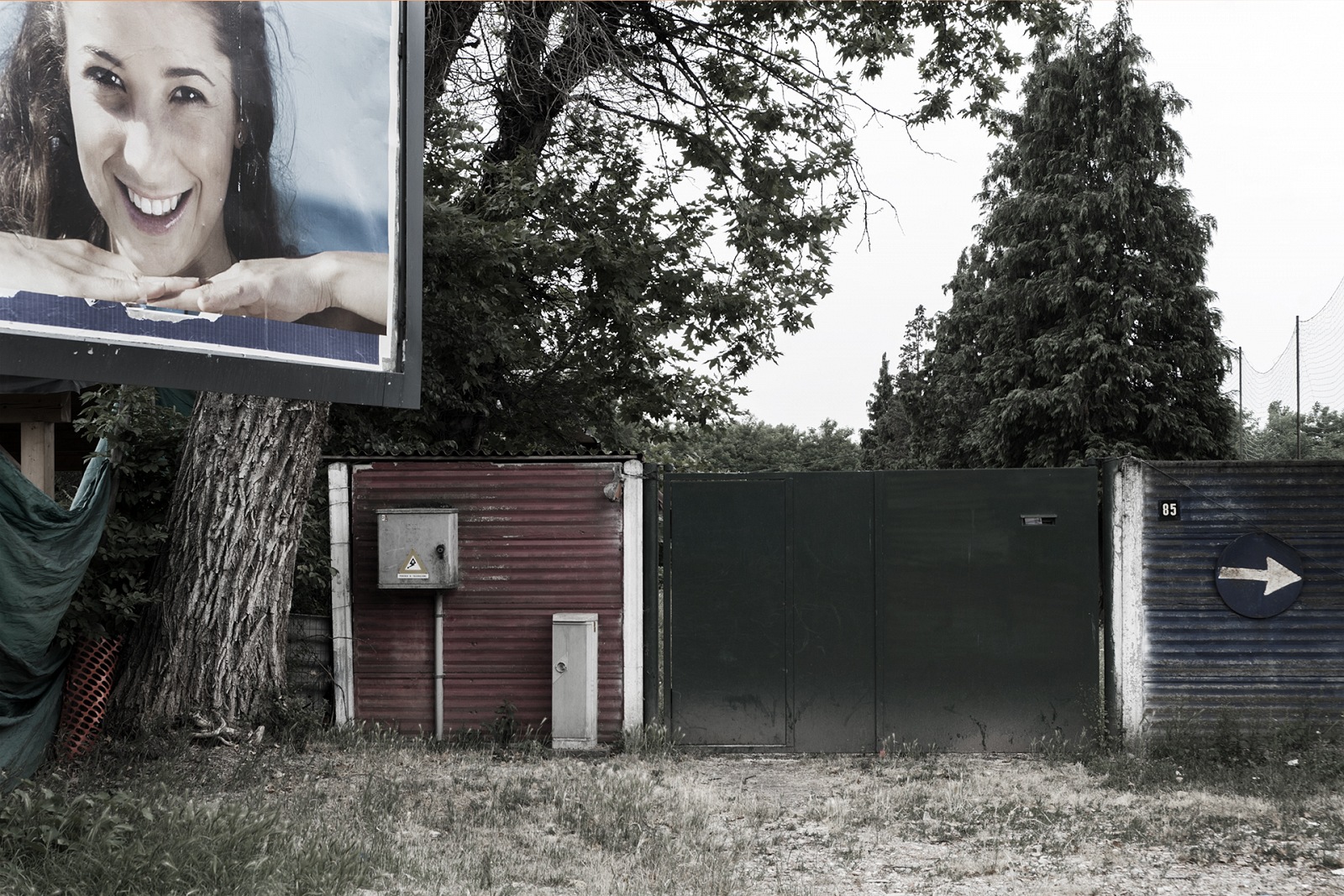
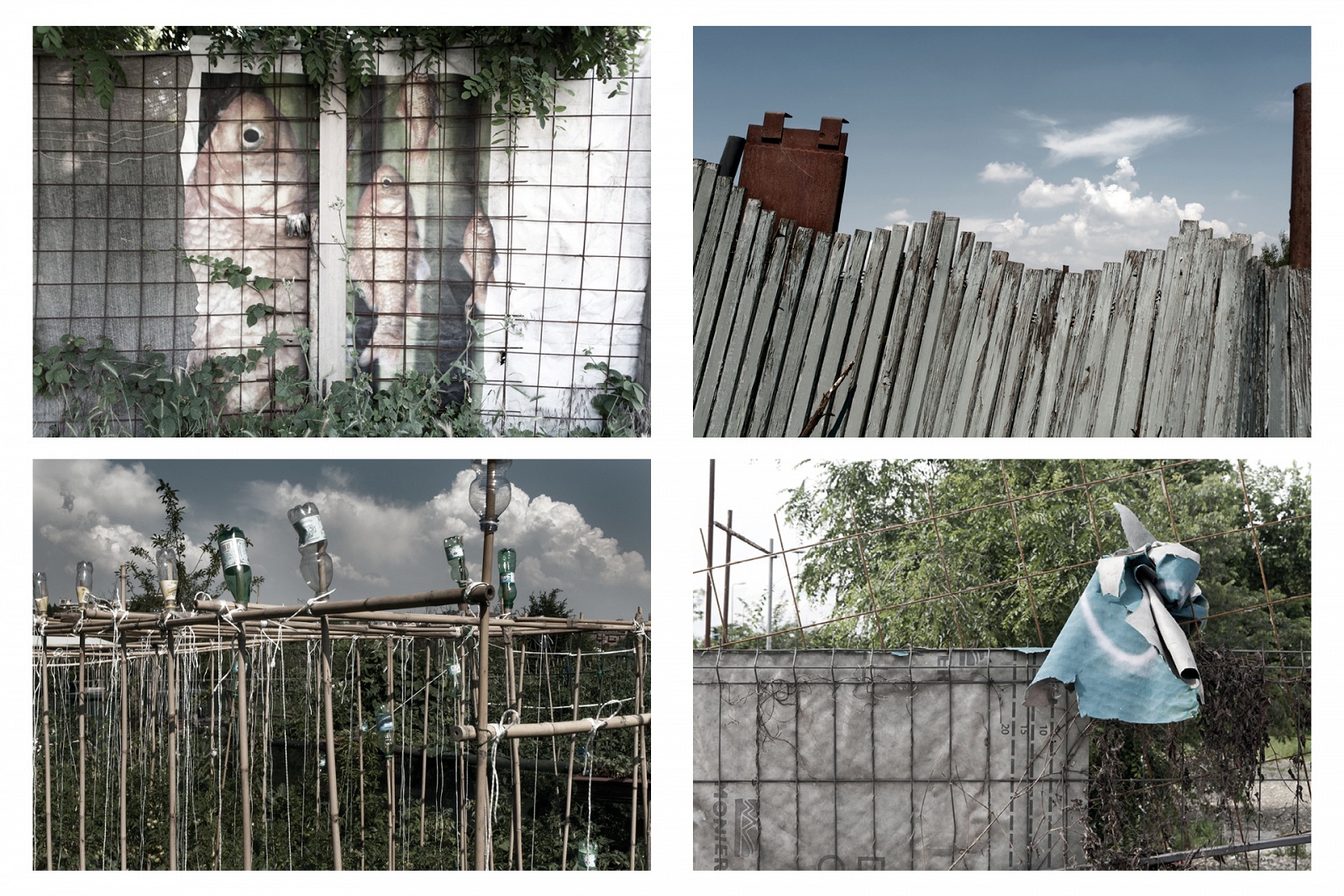



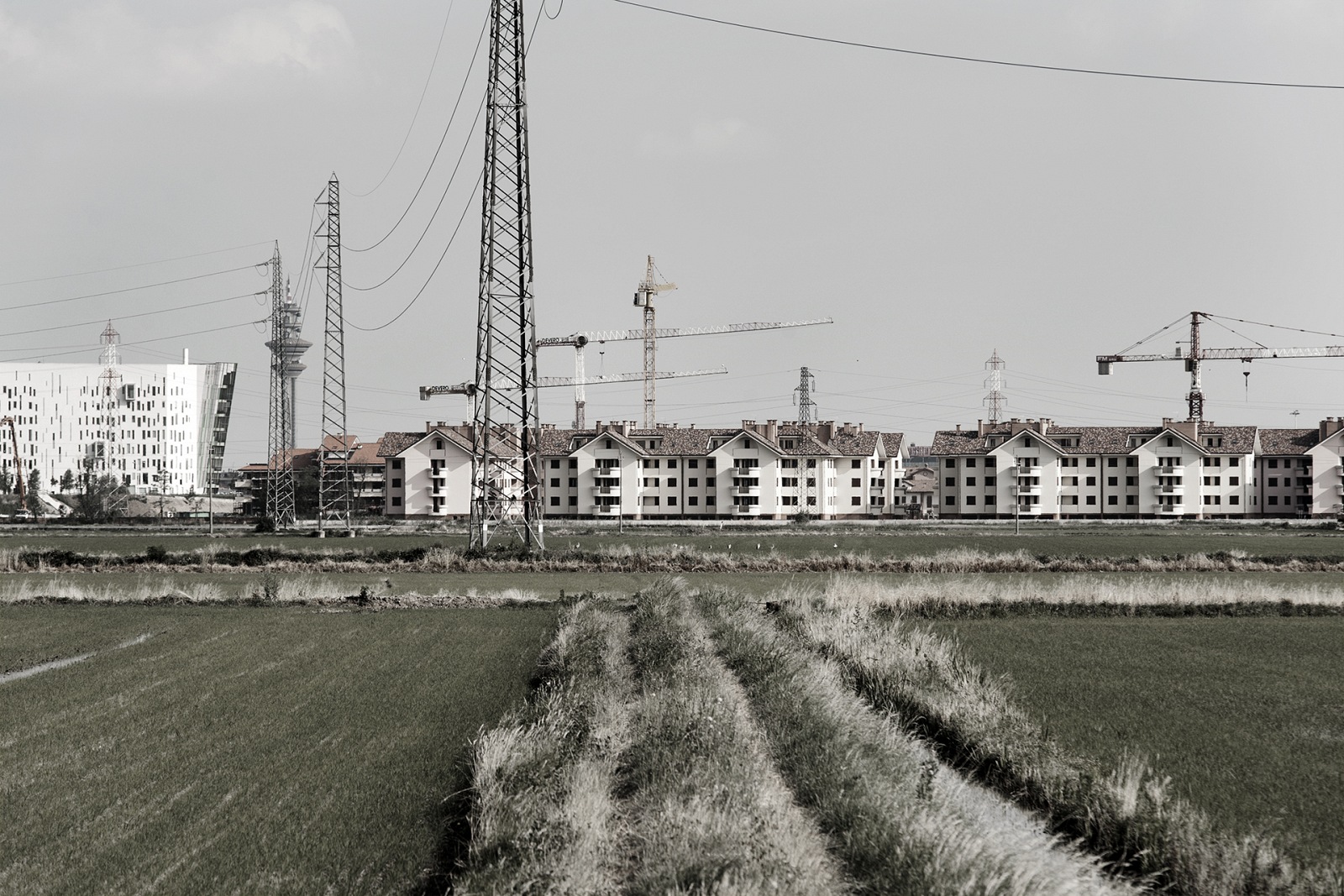

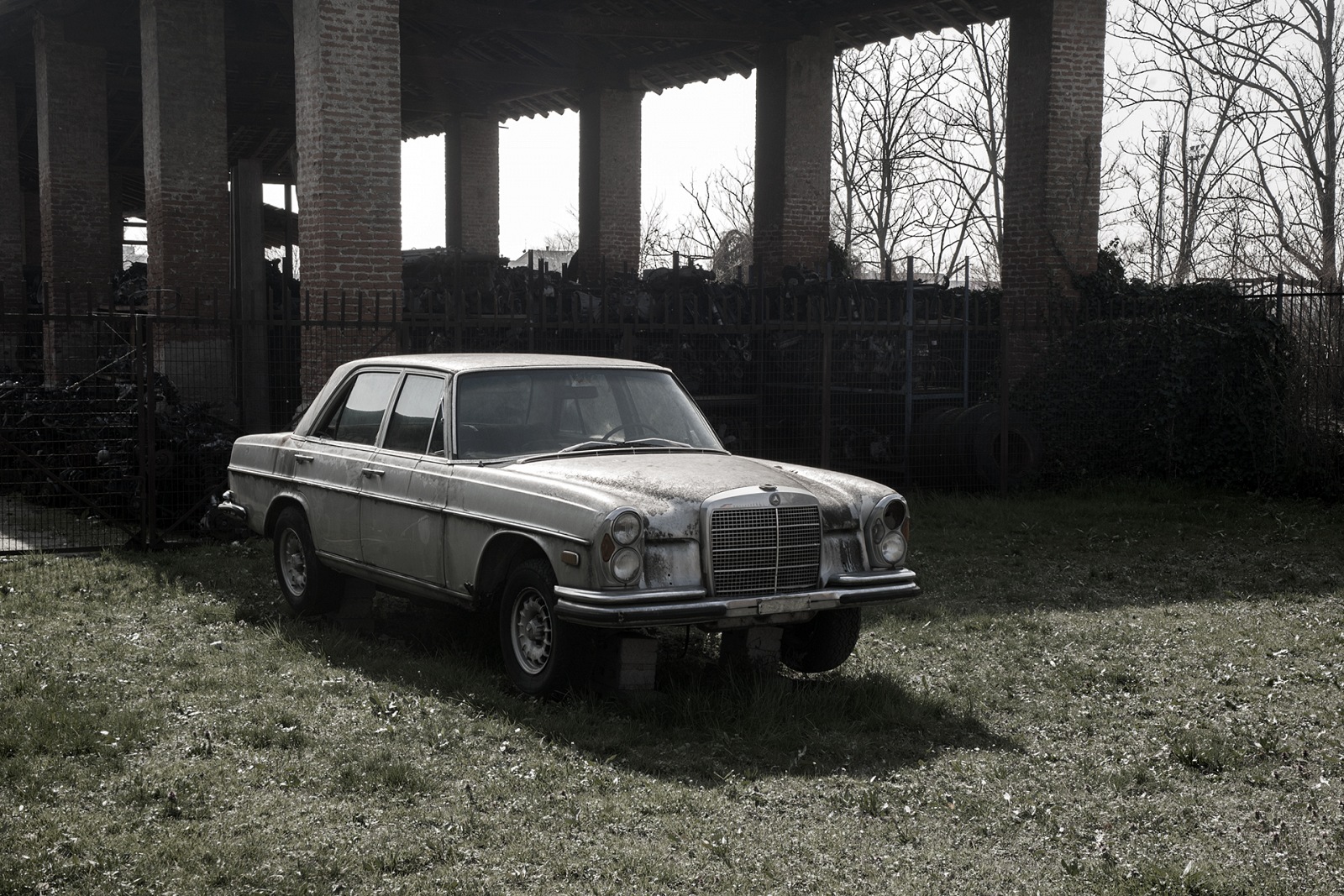


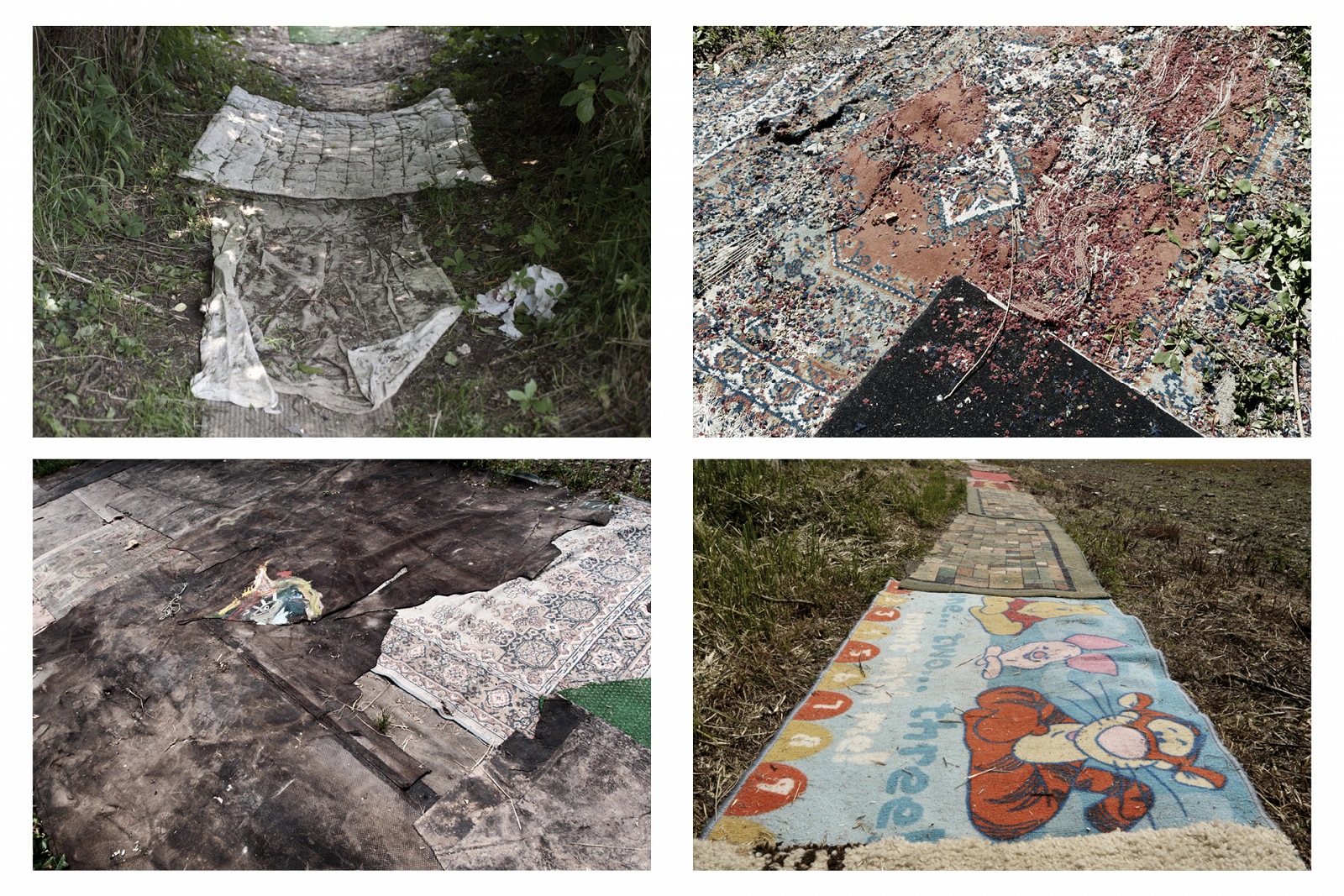







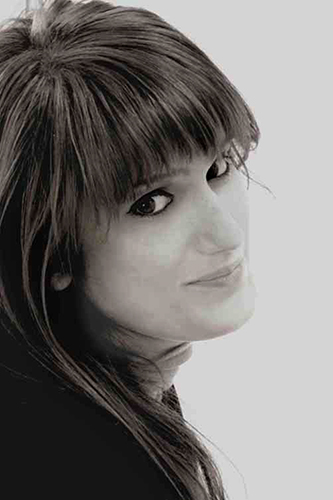 Alessandra Gazziola - Born in Veneto in 1977. After ten years as a painter, she moves towards and graduates in photography and falls in love with photo-documentaries. She depicts herself as a writer telling stories through static images that, one after the other, compose evocative sentences of stories that can only be read by who wants to truly see.
Alessandra Gazziola - Born in Veneto in 1977. After ten years as a painter, she moves towards and graduates in photography and falls in love with photo-documentaries. She depicts herself as a writer telling stories through static images that, one after the other, compose evocative sentences of stories that can only be read by who wants to truly see.